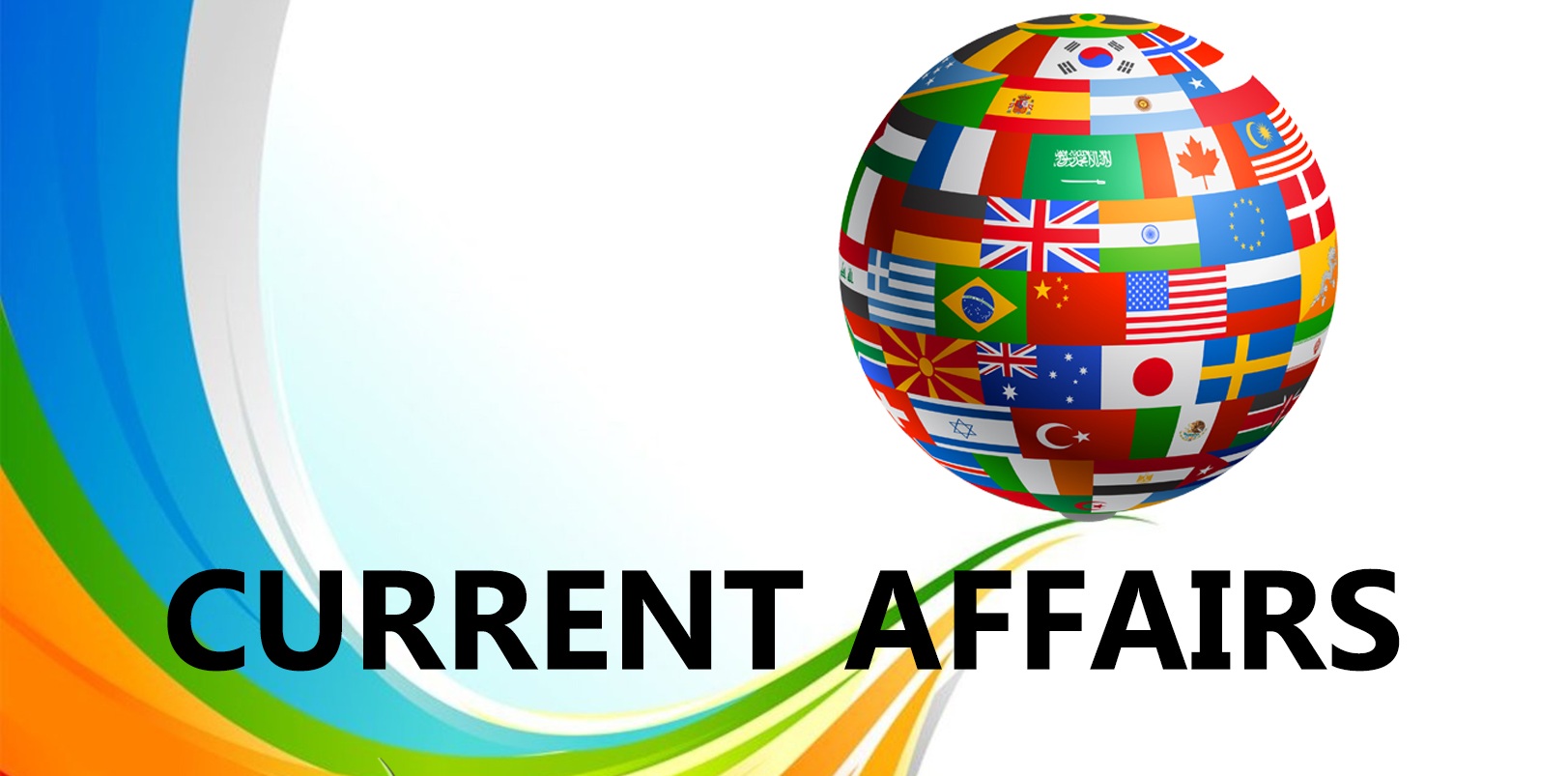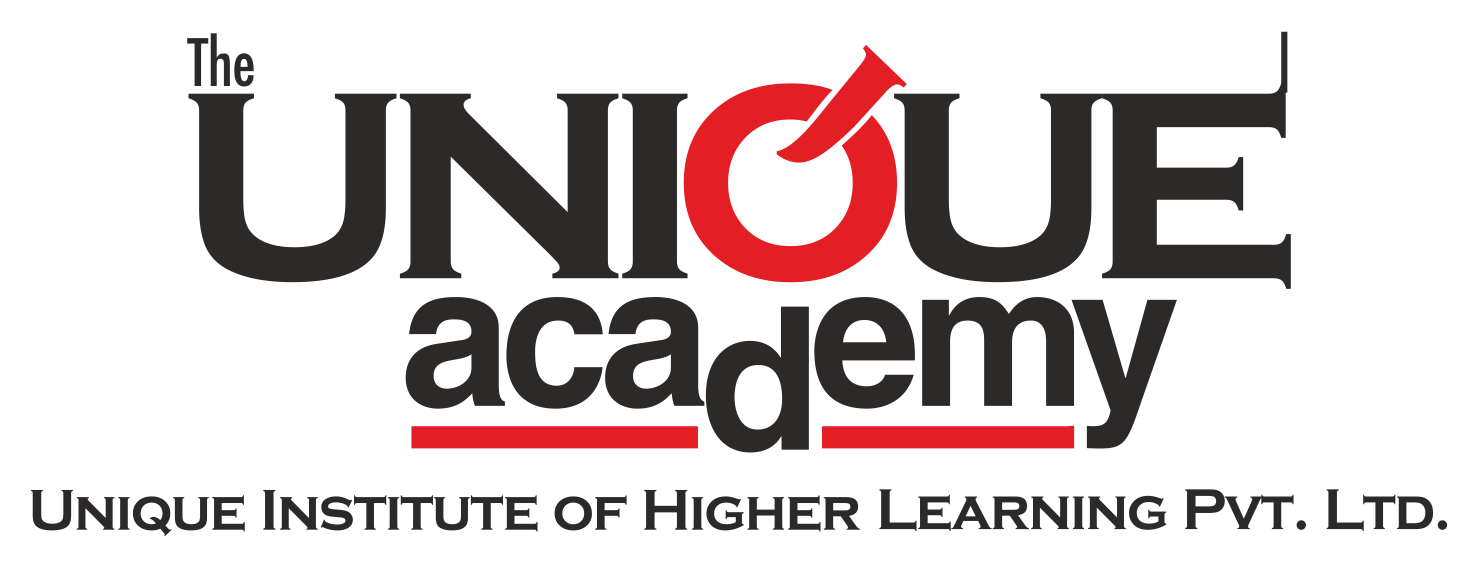
OBC Creamy Layer
About
The "OBC Creamy Layer" refers to a category within the Other Backward Classes (OBC) in India who are considered socially, economically, and educationally advanced compared to their peers in the same group. This concept was introduced to ensure that reservation benefits-such as those in government jobs and educational institutions-reach the most disadvantaged sections of the OBC community, rather than being monopolized by those who are already well-off.
Key Criteria for OBC Creamy Layer (as of current guidelines):
- Income Threshold:
- Individuals whose parents' gross annual income exceeds Rs.8 lakh (as of the last revision in 2017) are classified as part of the creamy layer.
- Importantly, income from salaries and agricultural land is not included in this calculation, as per a clarification by the Department of Personnel and Training (DoPT) in 2004. Only income from other sources (e.g., business, investments) is considered.
- This limit is supposed to be revised every three years to account for inflation and economic changes, but no update has occurred since 2017.
- Parental Occupation:
- Children of individuals in high-ranking government positions are automatically considered creamy layer, regardless of income. This includes:
- Children of Group A/Class I officers (e.g., IAS, IPS, IFS) recruited directly.
- Children of both parents who are Group B/Class II officers (if both hold such positions).
- Children of parents where one entered Group B/Class II and was promoted to Group A/Class I before the age of 40.
- Equivalent ranks in public sector undertakings, banks, or the military (e.g., Colonel and above) also qualify.
- Children of individuals in high-ranking government positions are automatically considered creamy layer, regardless of income. This includes:
- Social and Economic Status:
- Families with significant wealth, property, or social standing may also fall into the creamy layer, though this is less explicitly defined and often tied to the income or occupation criteria.
Purpose and Implications:
- Exclusion from Reservations: Those classified as creamy layer within the OBC category are ineligible for the 27% reservation quota in government jobs, educational institutions (like IITs and IIMs), and other benefits like age relaxations or scholarships. Only the "non-creamy layer" OBCs can avail these.
- Historical Context: The concept emerged from the 1992 Indra Sawhney v. Union of India Supreme Court ruling, which upheld 27% OBC reservations but mandated the exclusion of the creamy layer to ensure fairness. The criteria were formalized by the DoPT in 1993 based on recommendations from the Justice Ram Nandan Prasad Committee.
Current Status (as of April 1, 2025):
- The income ceiling remains at Rs.8 lakh, despite calls from the National Commission for Backward Classes (NCBC) and others to raise it (e.g., to Rs.12 lakh or Rs.15 lakh) to reflect economic realities. Proposals for revision have been under government consideration since at least 2021, but no action has been taken.
- There's ongoing debate about refining the criteria, such as whether to include salary income (currently excluded) or adjust for regional economic differences.
In essence, the creamy layer designation aims to balance equity within the OBC community by targeting aid to those who need it most, though its static income threshold and rigid occupational rules have sparked discussions about relevance and fairness in today's context.
-- Daily News Section Compiled
By Vishwas Nimbalkar

